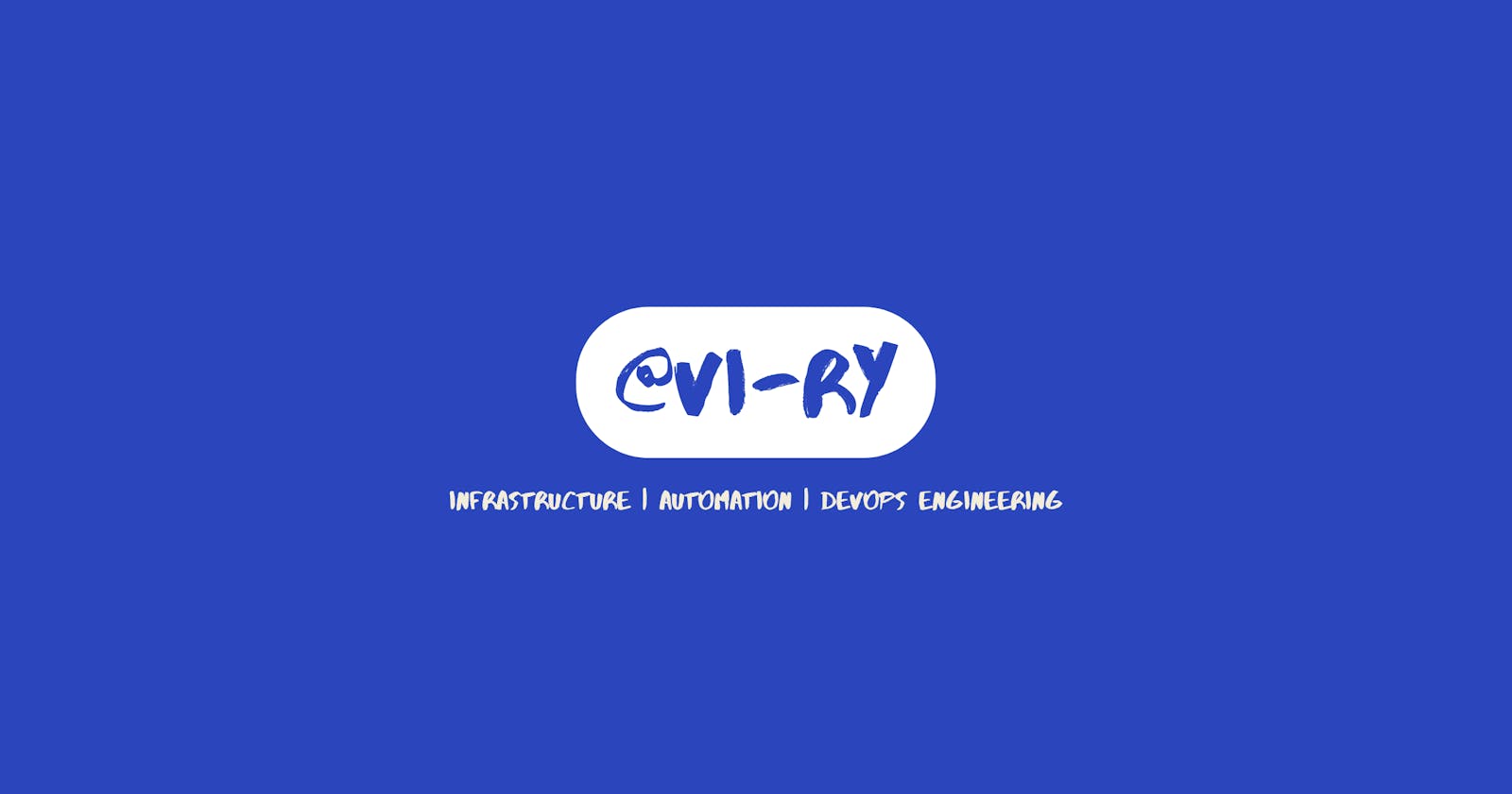A Beginner's Guide to DevOps Engineering: Building a Strong Foundation for Success
Introduction:
Are you intrigued by the world of DevOps engineering? As organizations strive for faster and more reliable software delivery, the demand for skilled DevOps professionals continues to rise. In this beginner's guide, we will explore ten key steps to help you lay a strong foundation in DevOps.
Step 1: Learn the Basics: To embark on your DevOps journey, it's crucial to grasp the fundamental concepts of DevOps, including its goals, principles, and the significance of collaboration between development and operations teams.
Step 2: Get Familiar with Version Control: Mastering a version control system like Git is essential for tracking code changes and facilitating efficient collaboration with teammates.
Step 3: Explore Continuous Integration: Discover the power of continuous integration (CI) by automating build and test processes using popular tools such as Jenkins, GitLab CI, or Azure DevOps. Build a CI pipeline to validate and deliver your code with confidence.
Step 4: Dive into Configuration Management: Learn about configuration management tools like Ansible, Chef, or Puppet, which allow you to automate system setup and configuration. Effectively managing infrastructure becomes a breeze with these powerful tools.
Step 5: Understand Containers and Docker: Explore the world of containerization and how Docker can revolutionize your application deployments. Learn to package and run applications in isolated environments, simplifying deployment and scalability.
Step 6: Embrace Infrastructure-as-Code (IaC): Discover the concept of Infrastructure-as-Code (IaC) and popular tools like Terraform or AWS CloudFormation. Provision and manage infrastructure resources using code, making your deployments more predictable and scalable.
Step 7: Automate with Shell Scripting, PowerShell, or Python: Build small automation projects using shell scripting (e.g., Bash), PowerShell, or Python. Automate repetitive tasks, streamline workflows, and enhance overall efficiency.
Step 8: Understand Basic Networking and Essential Tools: Gain a solid understanding of networking essentials, including IP addressing, subnets, and network protocols. Familiarize yourself with essential tools like ping, traceroute, and Wireshark to troubleshoot network issues effectively.
Step 9: Deployment and Rollback Strategies: Learn about different deployment strategies such as blue-green deployment or canary releases. Understand how to safely deploy changes and rollback if issues arise, ensuring smooth and reliable application delivery.
Step 10: Foster a DevOps Culture: Nurture a culture of collaboration, continuous learning, and innovation within your team. Encourage automation, monitoring, and security practices to drive continuous improvement in your DevOps endeavors.

